Charcoal, with its rich, velvety black tones and unparalleled ability to capture a wide range of shades, has been a favorite medium among artists for centuries. However, despite its many positive attributes, charcoal is often viewed as a limited drawing medium. This perspective is due to several inherent characteristics of charcoal that can pose challenges to artists. In this detailed exploration, we’ll discuss the nature of charcoal as a medium, including its delicate handling, difficulty with detail, vulnerability to smudging, and the challenges of preservation. Understanding these limitations can help artists adapt and possibly overcome some of the barriers charcoal presents.
Delicate Handling and the Risk of Breakage
The Fragile Nature of Charcoal
Charcoal, especially the softer varieties, is remarkably fragile. It can break into smaller pieces with minimal pressure, which necessitates a gentle hand. This fragility limits the artist’s ability to apply firm pressure, which can be essential for achieving certain textures or depths of tone. Beyond just the handling, the storage and transport of charcoal artwork pose their own challenges, as the medium’s delicate nature means pieces are prone to damage if not carefully protected.
Adaptation Techniques for Artists
Artists have developed several techniques to mitigate the fragility of charcoal. One common method is the use of fixatives, which can help bind the charcoal to the paper and reduce breakage. Additionally, artists often employ a varied range of charcoal types, from powdered forms to compressed sticks, to adjust to the medium’s limitations and achieve their desired effects despite the challenges.
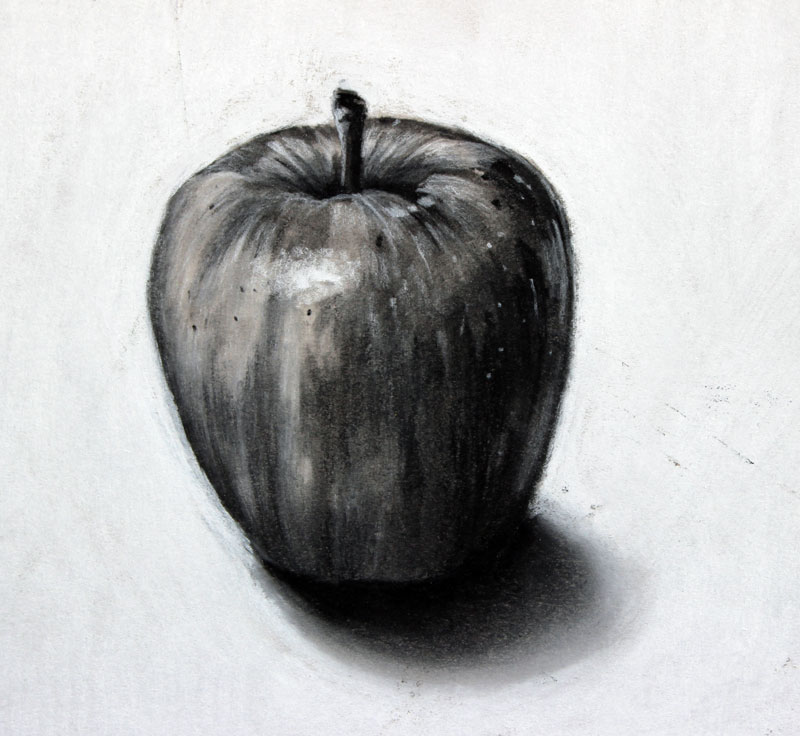
Difficulty Capturing Fine Details
Challenges with Precision and Sharp Lines
Charcoal is inherently soft and tends to produce broader strokes. This characteristic, while excellent for capturing sweeping gestures or shadows, makes it difficult for artists to achieve fine details or sharp lines in their drawings. The struggle for precision can be particularly limiting for artists who specialize in highly detailed work or subjects that require exact lines, such as architectural drawings or intricate portraits.
Techniques to Overcome Limitations
To work around the difficulty of achieving fine details with charcoal, artists often incorporate other mediums, such as pencil or ink, for those parts of a drawing that require crisp edges and minute details. Additionally, some use specialized tools like erasers or sharpened charcoal to carve out finer lines and textures within their charcoal drawings, showcasing the adaptability of artists to the medium’s constraints.
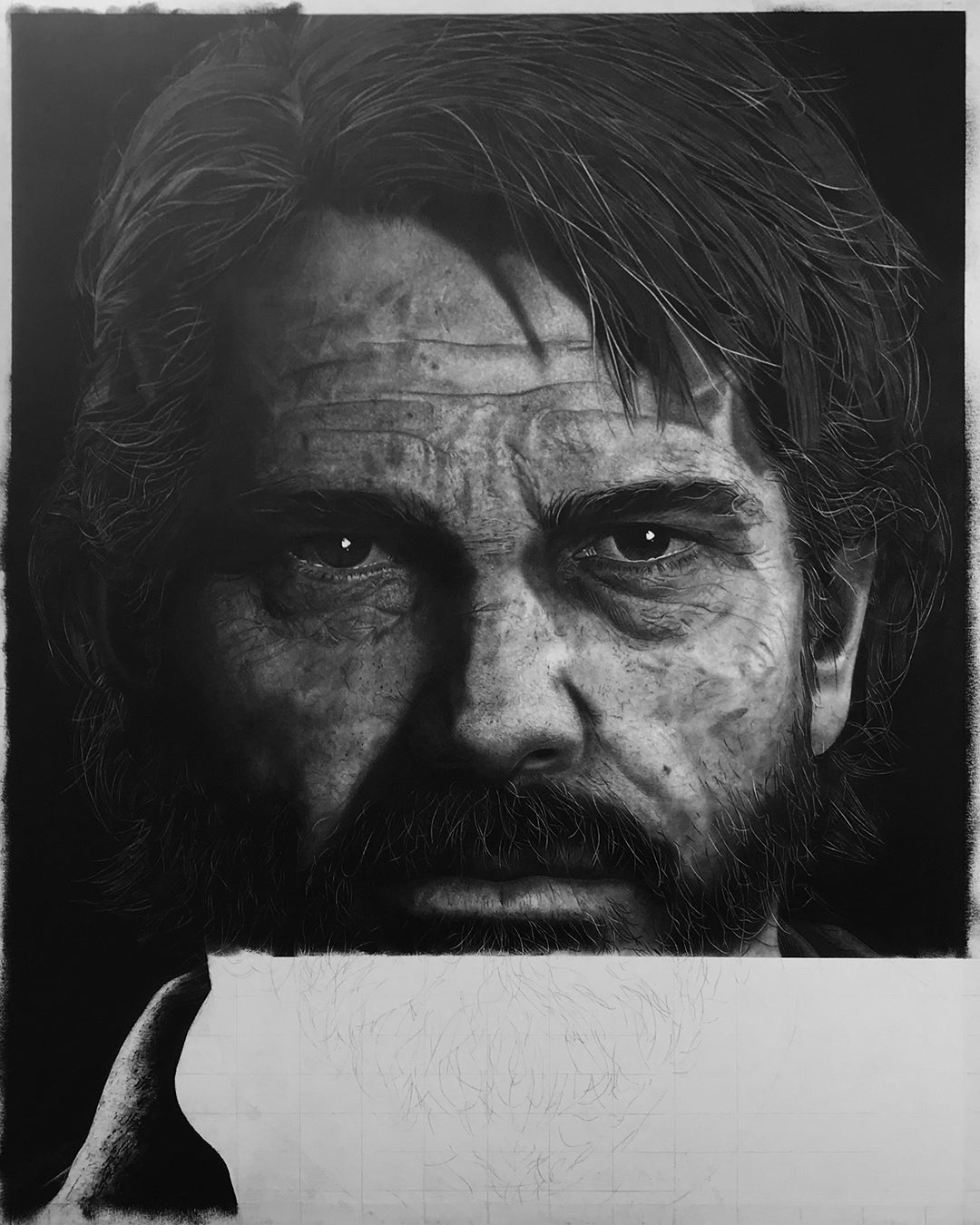
Vulnerability to Smudging and Fading
The Impermanent Nature of Charcoal
One of the most well-known limitations of charcoal is its susceptibility to smudging. The loose nature of the medium means that even a slight touch can disrupt a carefully rendered drawing. This vulnerability not only affects the creation process but also the lifespan of the artwork, as charcoal drawings can degrade over time through fading or smearing.
Protective Strategies for Longevity
To combat the impermanent nature of charcoal, artists and conservators use fixatives to seal drawings and protect them from smudging. Proper framing and storage are also crucial, with the use of archival-quality materials to prevent degradation. These steps can help ensure the longevity of charcoal artwork and mitigate some of the medium’s inherent vulnerabilities.
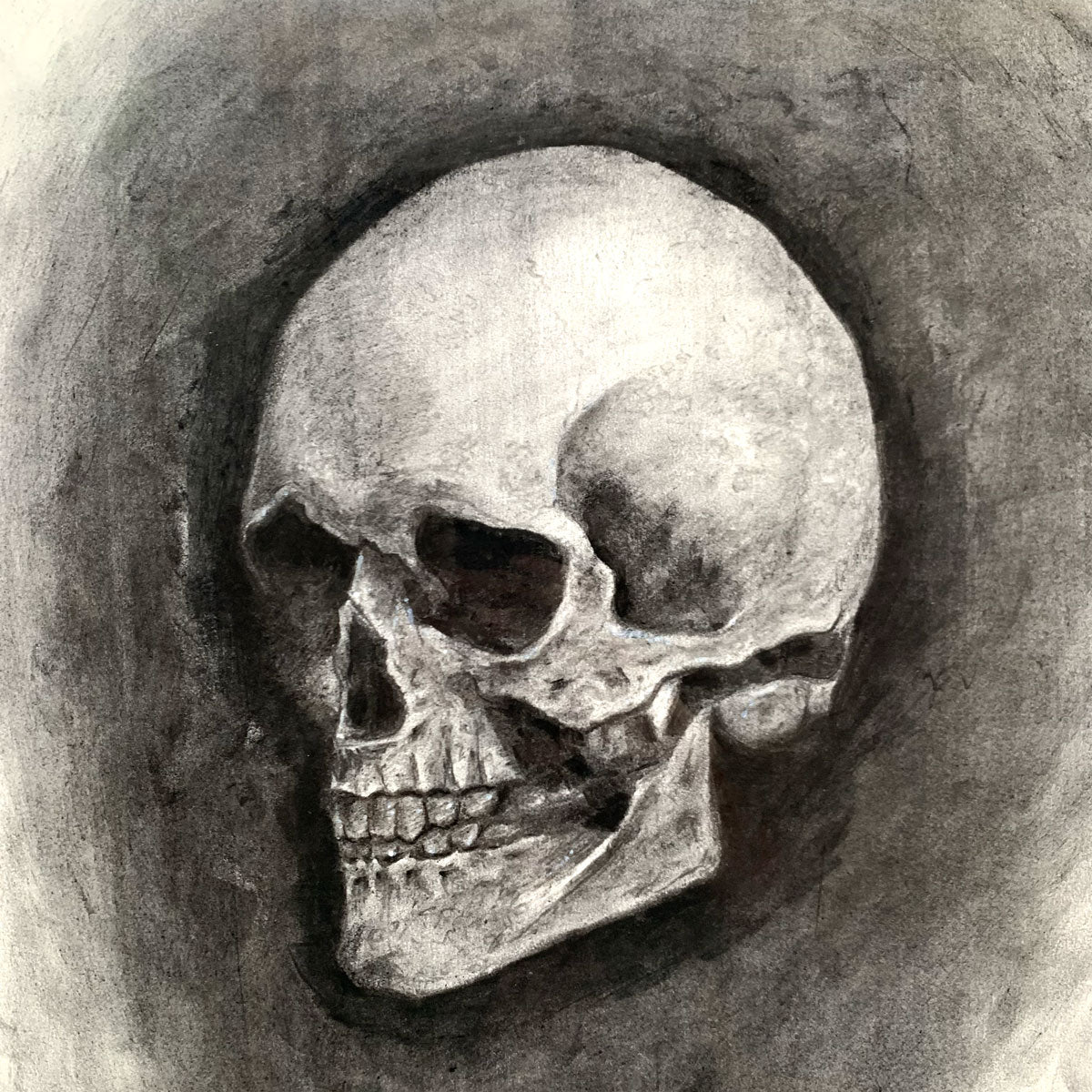
Challenges of Preservation and Display
The Need for Special Handling
Preserving charcoal drawings for long-term display presents unique challenges. The susceptibility of charcoal to environmental factors such as humidity, light, and even air quality means that artworks require special handling and protective measures to remain in good condition. This need for careful preservation can limit the medium’s accessibility and practicality for both artists and collectors.
Solutions for Display and Storage
Emerging technologies and advances in conservation techniques offer solutions for the challenges of displaying and storing charcoal drawings. UV-protected glass and climate-controlled display cases can protect artwork from most environmental threats. Additionally, digital archiving presents a modern solution for preserving the visual aspects of charcoal drawings, albeit not the physical artworks themselves.
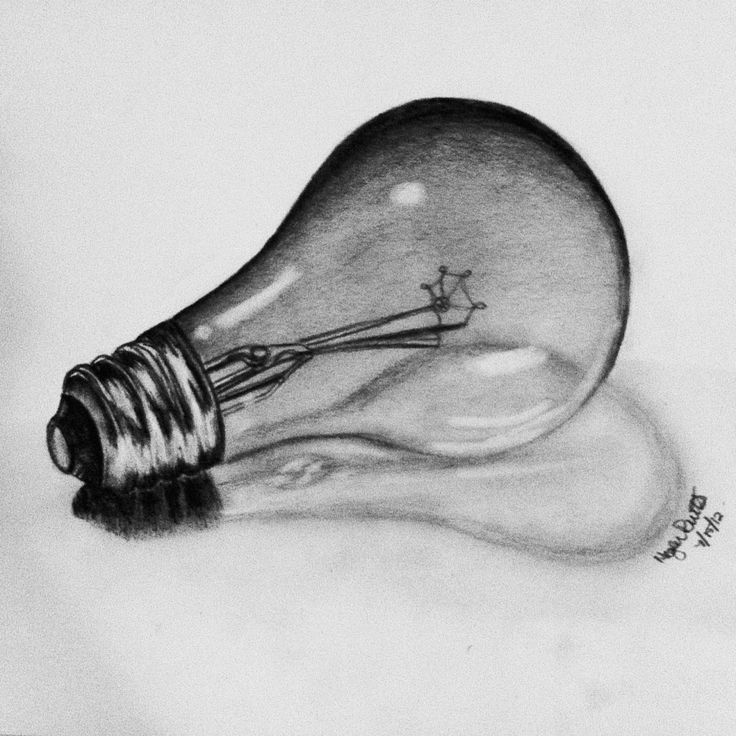
Adaptability in the Face of Limitations
Embracing Charcoal’s Unique Qualities
Artists who work with charcoal learn to embrace its unique qualities and adapt their techniques accordingly. This adaptability can lead to artistic growth and innovation. For instance, the broad strokes afforded by charcoal lend themselves well to dynamic compositions and expressive, atmospheric effects that may not be as readily achieved with more precise mediums. Understanding charcoal’s limitations can inspire artists to explore different styles, embrace spontaneity, and discover new ways of expressing their creative visions.
Combining with Other Mediums
One way that artists cope with the limitations of charcoal is by incorporating it with other mediums. Mixed media techniques can compensate for charcoal’s shortcomings, particularly in achieving detailed work. For areas requiring exactness, an artist might use graphite or pen alongside charcoal. This fusion of mediums can result in more nuanced artwork, expanding the range of effects and details an artist can incorporate into their work. It’s a marriage of softness and definition that brings the best of both worlds onto the canvas or paper.
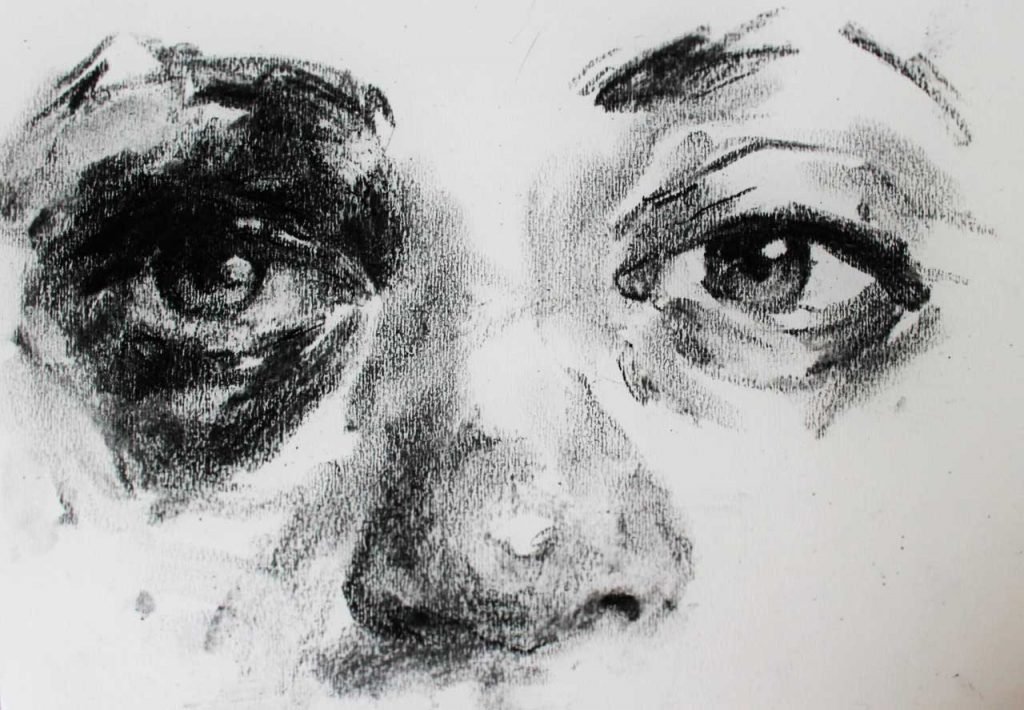
Evolution of Charcoal Use in Contemporary Art
From Historic to Modern Approaches
The use of charcoal has evolved from simple sketches and preparatory studies to a respected stand-alone medium in contemporary art. Artists today are not only experimenting with different types of charcoal and application techniques but also pushing the format’s boundaries by creating large-scale works and incorporating charcoal into installations and performance art. As artists continue to explore the technical and aesthetic possibilities, the way charcoal is viewed and used widens, adding depth to a medium with a reputation for simplicity.
Digital World’s Impact on Traditional Mediums
The influence of the digital world on traditional art forms has also affected how charcoal is perceived and applied. Artists often digitize their charcoal works, using software to refine or alter their art, or combine it with digital elements, thereby overcoming some of the physical restrictions of the medium. As the art world continues to merge traditional and digital techniques, the limitations of charcoal become new opportunities for creative exploration and innovation.
In conclusion, while charcoal offers a range of expressive possibilities and has a rich history in the art world, its limitations concerning delicate handling, difficulty with detail, vulnerability to smudging, and preservation challenges cannot be overlooked. These limitations do not detract from the medium’s value but rather highlight the importance of understanding and adapting to the characteristics of charcoal. Through innovative techniques and protective measures, artists continue to explore the potential of charcoal, pushing the boundaries of what can be achieved within the constraints of this evocative and timeless medium.